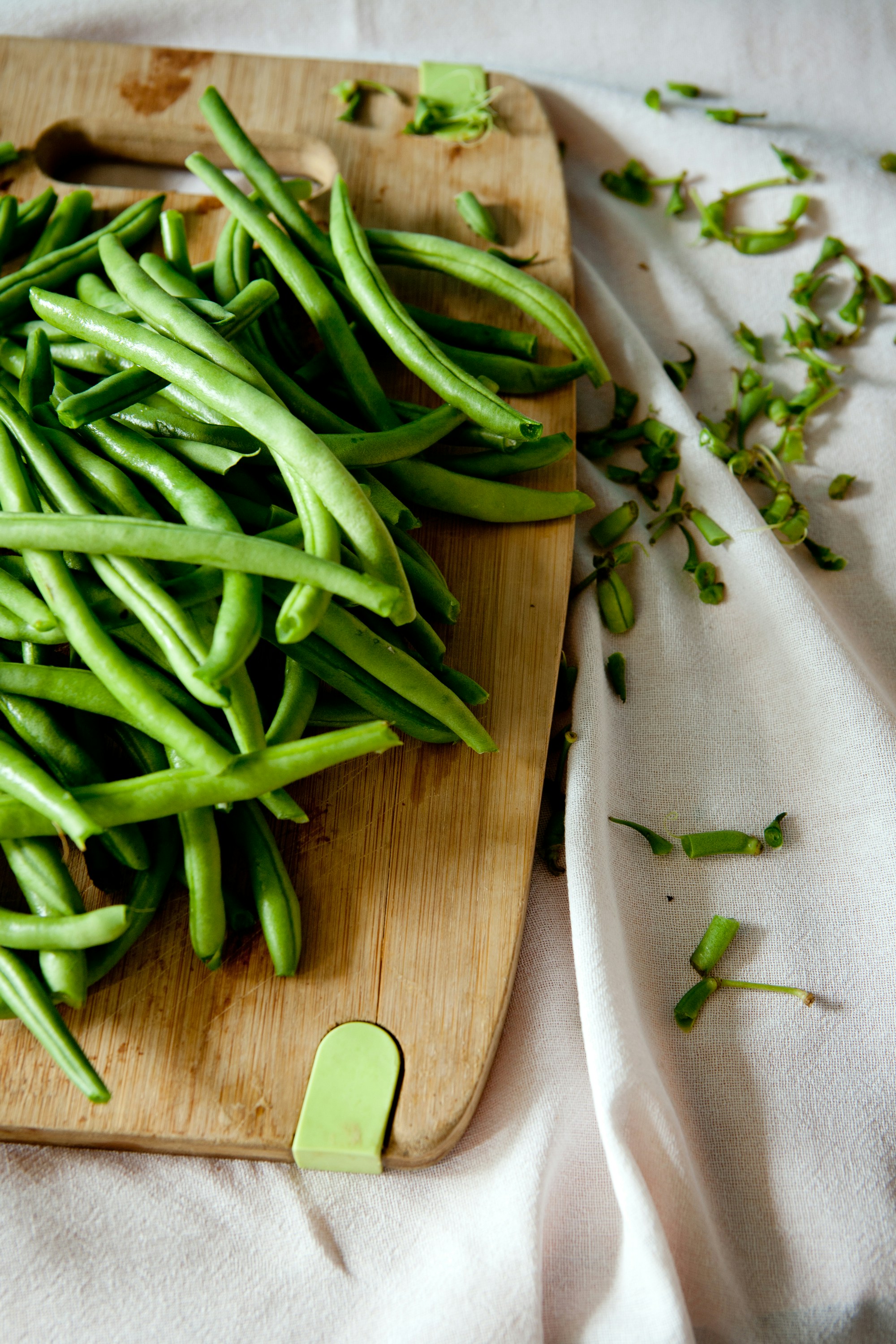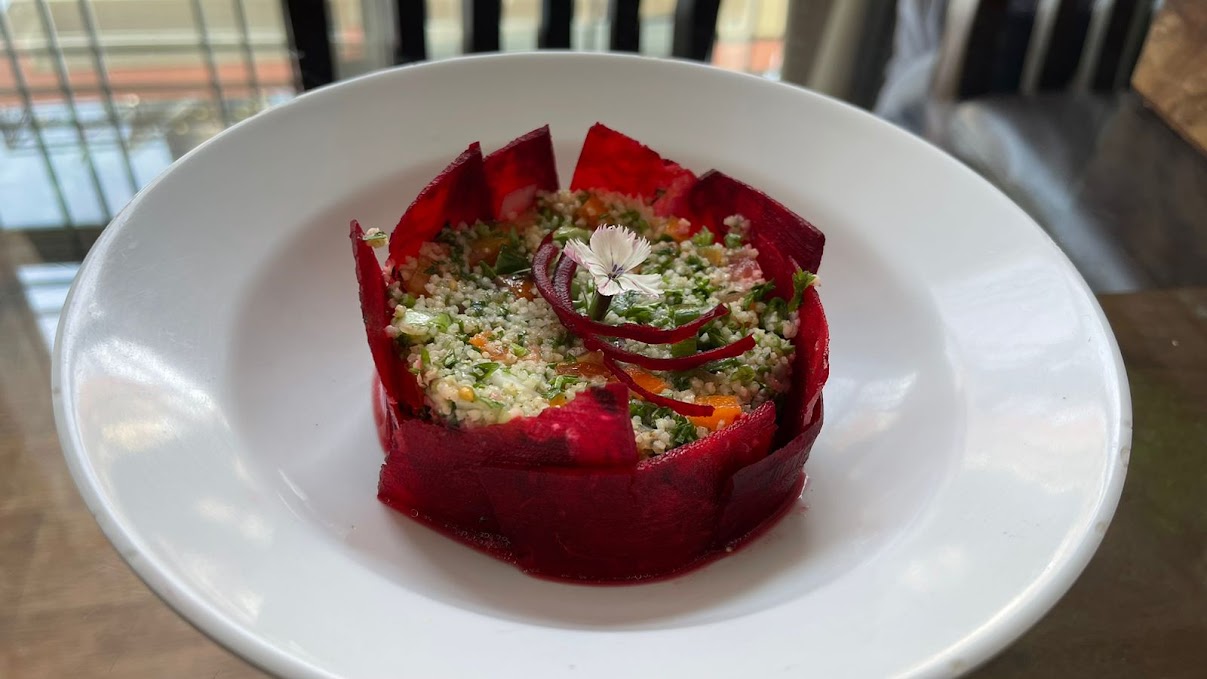Growing Strong: Holistic Nutrition Plan for Your Child's Health at Every Age
Parenthood is a journey of nurturing and safeguarding children's well-being, with nutrition playing a crucial role. Nepal's cultural heritage and culinary traditions provide locally available ingredients for childhood nutrition.

This comprehensive guide explores age-specific nutritional requirements, using Nepali superfoods to fuel growth and foster lifelong health. Join us on a journey to cultivate resilience, vitality, and flourishing health in children. Childhood is a pivotal period characterized by rapid physical and psychological growth, where the role of nutrition is paramount in shaping long-term health outcomes. Against the backdrop of Nepal's rich cultural heritage and diverse culinary traditions, local ingredients emerge as powerful allies in supporting the unique nutritional needs of children. In this article, we delve into the transformative impact of nutrition during childhood, focusing on the age-specific requirements of male and female children and highlighting the abundance of easily available local Nepali ingredients that nurture health and well-being, all within the context of the Nepali economy and market prices.
• Ages 3 to 9: Embracing Local Superfoods for Growth and Vitality
Between the ages of three to nine, children undergo significant physical transformations as they transition from early childhood to middle childhood. This period is characterized by rapid growth spurts, with male and female children experiencing notable changes in height, weight, and body composition.
For male children, the growth of muscle mass and bone density accelerates during this stage, requiring ample protein and mineral intake to support optimal development. Local Nepali superfoods like lean meats, lentils, and dairy products provide essential nutrients such as protein, calcium, and iron, vital for muscle growth, bone strength, and overall physical vitality.
Female children, on the other hand, undergo specific physiological changes associated with puberty, including the onset of menstruation and the development of breast tissue. Adequate nutrition is crucial in supporting these changes, with nutrients like iron and vitamin D being particularly important for menstrual health and bone development. Local sources of iron-rich foods such as leafy greens, lentils, and dried fruits, as well as vitamin D from sunlight exposure and fortified foods, contribute to the overall well-being of female children during this stage.
List of Easily Available Local Superfoods for Children (Ages 3 to 9):
For Non-Vegetarian Families
1. Lean Meats: Chicken, turkey
2. Freshwater Fish: Trout, rohu
3. Dairy Products: Milk, cheese
4. Leafy Greens: Spinach, mustard greens
5. Whole Grains: Rice, wheat
For Vegetarian Families
1. Lentils and Beans: Masoor dal, Toor dal
2. Dairy Products: Milk, yogurt
3. Leafy Greens: Spinach, mustard greens
4. Fortified Foods: Fortified cereals
5. Whole Grains: Rice, wheat
Recommended Intake and Dosages:
1. Protein: 0.5 grams per pound of body weight for children aged 39.
2. Calcium: 700 milligrams per day for children aged 48.
3. Iron: 10 milligrams per day for children aged 48.
4. Vitamin D: 600 IU (International Units) per day for children aged 118.

Ages 9 to 16: Navigating Adolescence with Local Nutritional Wisdom
As children transition into adolescence, aged nine to sixteen, they undergo significant physical and hormonal changes that impact their nutritional requirements and overall well-being. This period, marked by puberty and the onset of secondary sexual characteristics, presents unique challenges and opportunities for male and female adolescents in terms of their dietary needs and health outcomes.
For male adolescents, the growth spurt associated with puberty is characterized by an increase in muscle mass, bone density, and overall body size. Adequate protein intake becomes crucial during this stage to support muscle growth and repair, with local sources of lean proteins such as poultry, fish, lentils, and soybeans being valuable additions to the diet. These protein-rich foods also provide essential amino acids necessary for hormone production and metabolic function, supporting the overall health and vitality of male adolescents during this transitional period.
Female adolescents, meanwhile, experience a different set of physiological changes during puberty, including the onset of menstruation and the maturation of reproductive organs. Iron and calcium are two key nutrients that play vital roles in supporting menstrual health, blood production, and bone development in female adolescents. Incorporating iron-rich foods like leafy greens, lentils, and dried fruits, as well as calcium-rich foods such as dairy products and fortified plant-based alternatives, into the diet helps meet the specific nutritional needs of female adolescents during this critical stage of growth and development.
List of Easily Available Local Superfoods for Adolescents (Ages 9 to 16):
For Non-Vegetarian Families For Vegetarian Families
1. Poultry: Chicken, turkey Lentils and Beans: Masoor dal, Toor dal
2. Freshwater Fish: Trout, rohu Dairy Products: Milk, yogurt
3. Lean Meats: Lean cuts of beef, and pork Leafy Greens: Spinach, kale
4. Leafy Greens: Spinach, kale Fortified Foods: Fortified cereals
5. Whole Grains: Rice, wheat Whole Grains: Rice, wheat
Recommended Intake and Dosages:
1. Protein: 0.7 grams per pound of body weight for adolescents aged 9-13.
2. Calcium: 1300 milligrams per day for adolescents aged 9-18.
3. Iron: 8 milligrams per day for males aged 9-13, and 15 milligrams per day for females aged 9-13.
4. Vitamin D: 600 IU (International Units) per day for adolescents aged 9-18.
Goat Milk as a Healthier Milk Alternative:
In addition to cow's milk, goat milk is a popular and healthier alternative widely consumed in Nepal. Goat milk is easier to digest than cow's milk due to its lower lactose content and smaller fat globules, making it suitable for individuals with lactose intolerance or sensitive stomachs. It is also rich in essential nutrients such as calcium, phosphorus, and vitamins A and D, which are important for bone health and overall well-being. Incorporating goat milk into the diet provides a nutritious and delicious option for families seeking alternative sources of dairy.
Ayurvedic Chino Salad Recipe
# Ingredients:
1 cup cooked hog millet (chino) or fox tail millet (kaguno)
1 cucumber, diced
1 carrot, grated
1/2 cup cherry tomatoes, halved
1/4 cup fresh cilantro, chopped
1/4 cup fresh mint leaves, chopped
1 tablespoon lemon juice
1 tablespoon extra-virgin olive oil
Salt to taste
Optional Ingredients (to adjust for age):
For younger children (3-9): Finely chop or grate vegetables for easier chewing and digestion.
For older children (10-16): Add more vegetables or protein-rich ingredients like chickpeas or grilled chicken for added nutrition and satiety.
Instructions:
• In a large mixing bowl, combine the cooked hog millet (chino) or fox tail millet (kaguno), diced cucumber, grated carrot, cherry tomatoes, chopped cilantro, and chopped mint leaves.
• Drizzle the lemon juice and extra virgin olive oil over the salad ingredients.
• Sprinkle with a pinch of salt to taste.
• Gently toss the salad until all ingredients are well combined and coated with the dressing.
• Taste and adjust seasoning if needed.
• Serve immediately as a refreshing and nutritious snack or side dish.
Nutritional Benefits:
• Hog millet (chino) or fox tail millet (kaguno) provides a good source of fiber, protein, and essential nutrients like iron and calcium, supporting overall growth and development. You can find them in any organic store or purchase them online.
• Cucumbers and carrots offer hydration, vitamins, and antioxidants, promoting healthy digestion and immune function.
• Cherry tomatoes add a burst of flavor along with vitamins A and C, promoting eye health and skin integrity.
• Fresh herbs like cilantro and mint contribute to digestion, detoxification, and overall well-being.
• Lemon juice and extra virgin olive oil provide a dose of healthy fats and vitamin C, enhancing nutrient absorption and immune support.
This Ayurvedic Chino Salad, made with hog millet or fox tail millet, is a nourishing and wholesome dish suitable for children of all ages. Enjoy incorporating this nutritious salad into your child's diet for a healthy and balanced meal!


